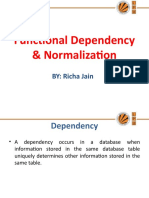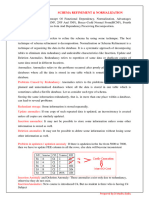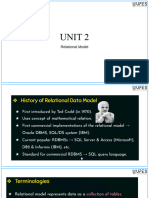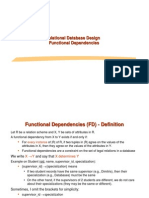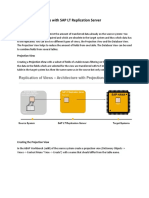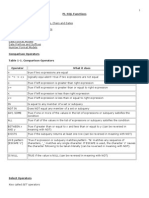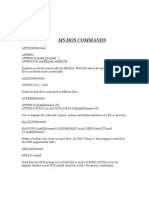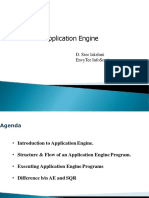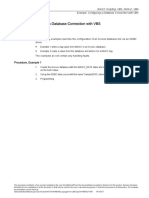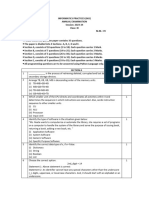0% found this document useful (0 votes)
34 views71 pagesDB Normalization Part1
The document discusses database design and normalization, emphasizing the importance of reducing data redundancy to prevent anomalies such as insert, update, and delete anomalies. It explains functional dependencies, candidate keys, and the process of normalization through various normal forms. The document also introduces Armstrong's Axioms for reasoning about functional dependencies and outlines the steps involved in normalization.
Uploaded by
ddeepak49127Copyright
© © All Rights Reserved
We take content rights seriously. If you suspect this is your content, claim it here.
Available Formats
Download as PDF, TXT or read online on Scribd
0% found this document useful (0 votes)
34 views71 pagesDB Normalization Part1
The document discusses database design and normalization, emphasizing the importance of reducing data redundancy to prevent anomalies such as insert, update, and delete anomalies. It explains functional dependencies, candidate keys, and the process of normalization through various normal forms. The document also introduces Armstrong's Axioms for reasoning about functional dependencies and outlines the steps involved in normalization.
Uploaded by
ddeepak49127Copyright
© © All Rights Reserved
We take content rights seriously. If you suspect this is your content, claim it here.
Available Formats
Download as PDF, TXT or read online on Scribd
/ 71



